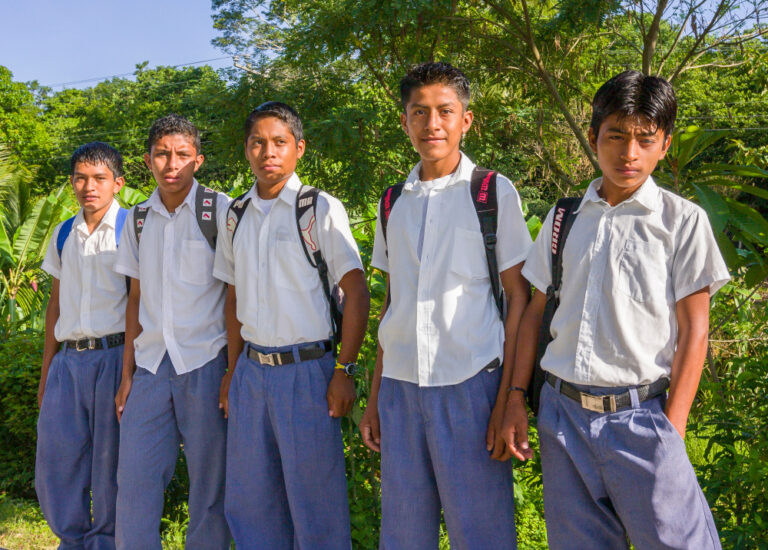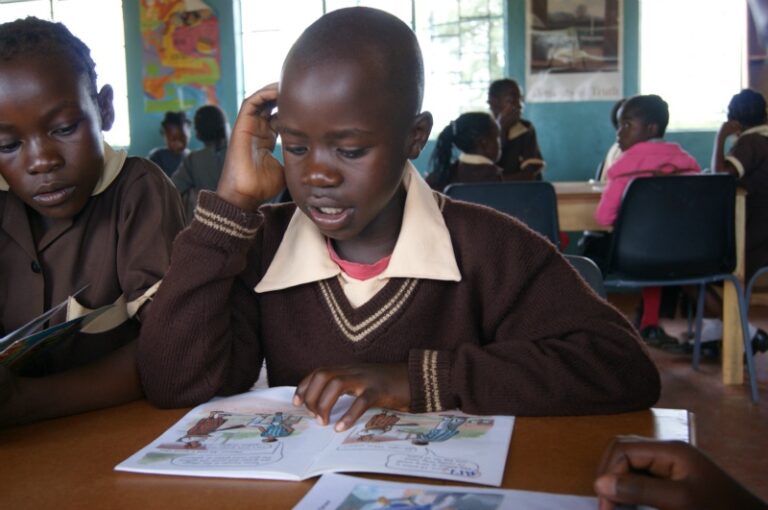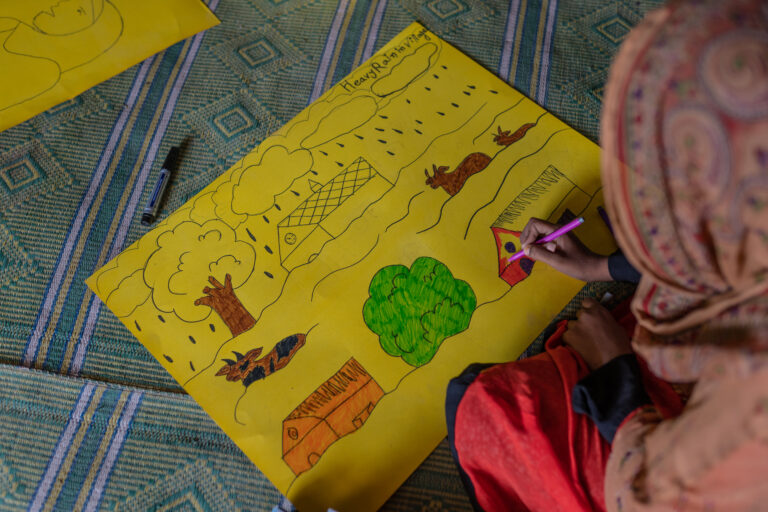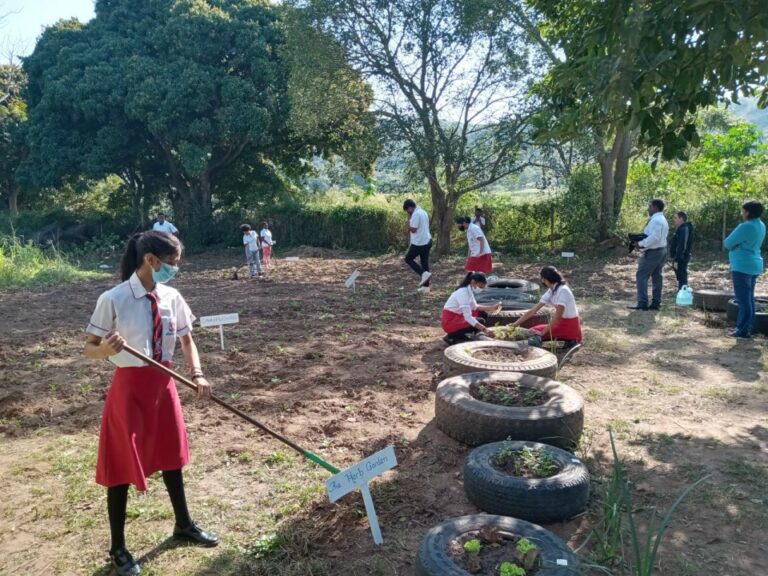Innovative financing tools for scaling impact in education
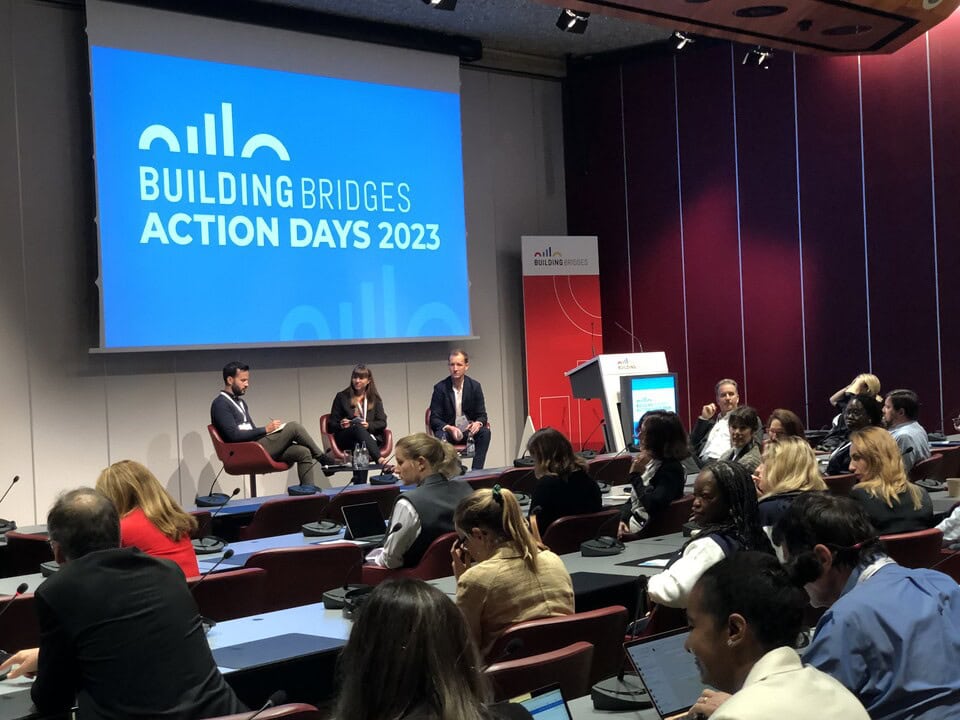
While progress in education has been notable over recent decades, the commitment to inclusive, high-quality education for children and youth worldwide remains elusive. Past advancements have given way to a frustrating slowdown in progress, raising doubts about the probability of achieving Sustainable Development Goal 4 (SDG4) – education for all – by 2030. Alarmingly, an estimated 250 million children globally are currently out of school, and 600 million lack basic proficiency in reading and mathematics. The economic and social crisis caused by the COVID-19 pandemic has been compounded by armed conflicts, climate change, and natural disasters, all contributing to deepening the global learning crisis.
The annual gap in financing required to achieve SDG 4 stands at a staggering US$97 billion and is growing. Official development assistance earmarked for education is on the decline, and with an estimated annual philanthropic contribution of US$693 million directed towards education, it’s evident that this gap cannot be met by governments, donors, and philanthropy alone.
The private sector has a significant potential to contribute financially, and entrepreneurial solutions can offer promising pathways to tackle the learning crisis. Private enterprises can identify unmet needs of students or teachers, shed light on inadequacies of existing service providers, and harness technology-driven solutions like mobile phone-based learning that have a great potential for reaching vulnerable and underserved groups such as rural youth or refugees.
How can governments, donors, and the private sector collaborate to close the education funding gap?
In a recent event hosted by the Education Finance Network at the Building Bridges 2023 conference, Network members Lucas Tschan from Impact-Linked Fund for Education and Miléna Castellnou from the Education Outcomes Fund shared their insights and experiences of using innovative financing tools to mobilize private capital for the education sector.
The Impact-Linked Fund (ILF) for Education provides financing to organizations enabling inclusive and equitable basic education for vulnerable children and youth in the Middle East and North Africa and Sub-Saharan Africa region. These organizations can be enterprises or non-profit organisations, but they must have a market-based model and to generate financial revenues from the products and/or services they offer.
The fund is capitalized by the Swiss Agency for Development and Cooperation (SDC) and Jacobs Foundation and transforms the grant capital into impact-linked financing instruments. These mechanisms consist of repayable Impact-Linked Loans, where the interest rate is linked to the achievement of predefined outcomes, and Social Impact Incentives (SIICs) that reward the entrepreneurs for the social value they create, while ensuring financial sustainability. In addition to capital, the fund provides technical assistance and conducts research and advocacy to generate learning and evidence of the approach.
The Education Outcomes Fund (EOF), hosted by UNICEF, was created by the Education Commission and the Global Steering Group for Impact Investing to significantly improve learning and employment outcomes in low- and middle-income countries by tying funding to measurable results. EOF is currently implementing the two largest outcomes funds in education globally, in Ghana and in Sierra Leone. The programs bring together governments, donors, investors, and service providers to achieve rigorously evaluated educational outcomes and to identify cost-effective interventions that the governments can take to scale.
In EOF’s programs, the program’s objectives are defined together with the government and donors. Once the program is designed, EOF engages multiple implementers with diverse expertise to collectively reach the agreed objectives. Many of these implementers will require prefinancing, and this is where impact investors play a pivotal role by providing financial support at the outset and offering ongoing assistance during the program’s execution. Rigorous evaluation of the results is undertaken to enable EOF to attribute the intervention’s impact accurately. Only upon verification of the impact does the outcomes funding get disbursed.
In addition to direct impact objectives, such as enhancing literacy and numeracy skills for over 300,000 children, EOF’s programs in Ghana and Sierra Leone also encompass goals related to generating innovation and evidence to achieve systemic long-term impact. These efforts aim to equip governments with the knowledge needed to identify cost-effective interventions that they can take to scale.
Are innovative financing instruments more effective?
An important question often raised in relation to innovative financing mechanisms is whether they are more effective than traditional grant-based interventions. Answering this question is difficult because there is limited evidence available; few evaluations of innovative financing interventions directly assess the effectiveness of the mechanism itself.
However, there is evidence that demonstrates that innovative financing mechanisms can indeed generate significant impact. An impact bond in India finalized last year, which focused on quality in basic education, not only outperformed its target but also achieved results that were on average 50 percent higher than results achieved by the same implementers in similar, grant-based, programs.
An important aspect to consider in respect to the question of the relative effectiveness of these mechanisms is: what constitutes an appropriate benchmark? Evidence of positive impact and cost-effectiveness is scarce not only for innovative financing instruments, but also for traditional, grant-based interventions. An analysis by EOF based on 71 evaluations of education interventions reviewed by the Global Education Evidence Advisory Panel revealed that around half of these studies found no positive impact on learning.
Given the limited amount of resources available for education and enormous scale of the financing gap, it is imperative that governments and donors can identify and support the most cost-effective programs in each local context. Because generation and use of evidence is a central aspect of outcomes-based funding, investment in these instruments can help build the evidence needed for decisionmakers to invest in the most effective interventions.
How do these mechanisms ensure sustainability of the impact?
Sustainability is a critical objective of both ILF for Education and EOF. ILF for Education invests in mission-driven enterprises to ensure that they are successful both in delivering impact and generating revenues, thus enabling them to complement or be part of education systems in the long term. EOF works closely with governments at the start of a program to define the long-term objectives before selecting implementers that will be best suited to achieve them and help the government scale up the interventions. To ensure sustainability of impact, in Sierra Leone EOF set a price cap of $36 per child per year for the intervention, recognizing the government’s limitations in implementing expensive interventions at a larger scale after completion of the program.
Fostering learning around innovative financing mechanisms in education
Innovative financing mechanisms have great potential to help accelerate progress towards ensuring access to high-quality education for children and youth worldwide. Not only do they mobilize much-needed additional resources to complement governments’ and donors’ budgets, but they can also contribute to a thriving ecosystem of mission-driven entrepreneurs and drive innovation. By hosting this event at Building Bridges – the only education-focused session at the conference – the Education Finance Network aimed to raise awareness among the impact investment community of these opportunities to contribute to SDG4.
In the pursuit of advancing learning in this field, the Education Finance Network and the Education Outcomes Fund are launching a working group that will discuss how outcomes-based finance and other innovative financing mechanisms can contribute to improving early childhood education, foundational learning, and the just transition. In the coming months we will share insights from the working group through a series of blog posts. Follow us on LinkedIn to take part in this learning journey.
To see the full Building Bridges event, you can access the recording of the session here.
